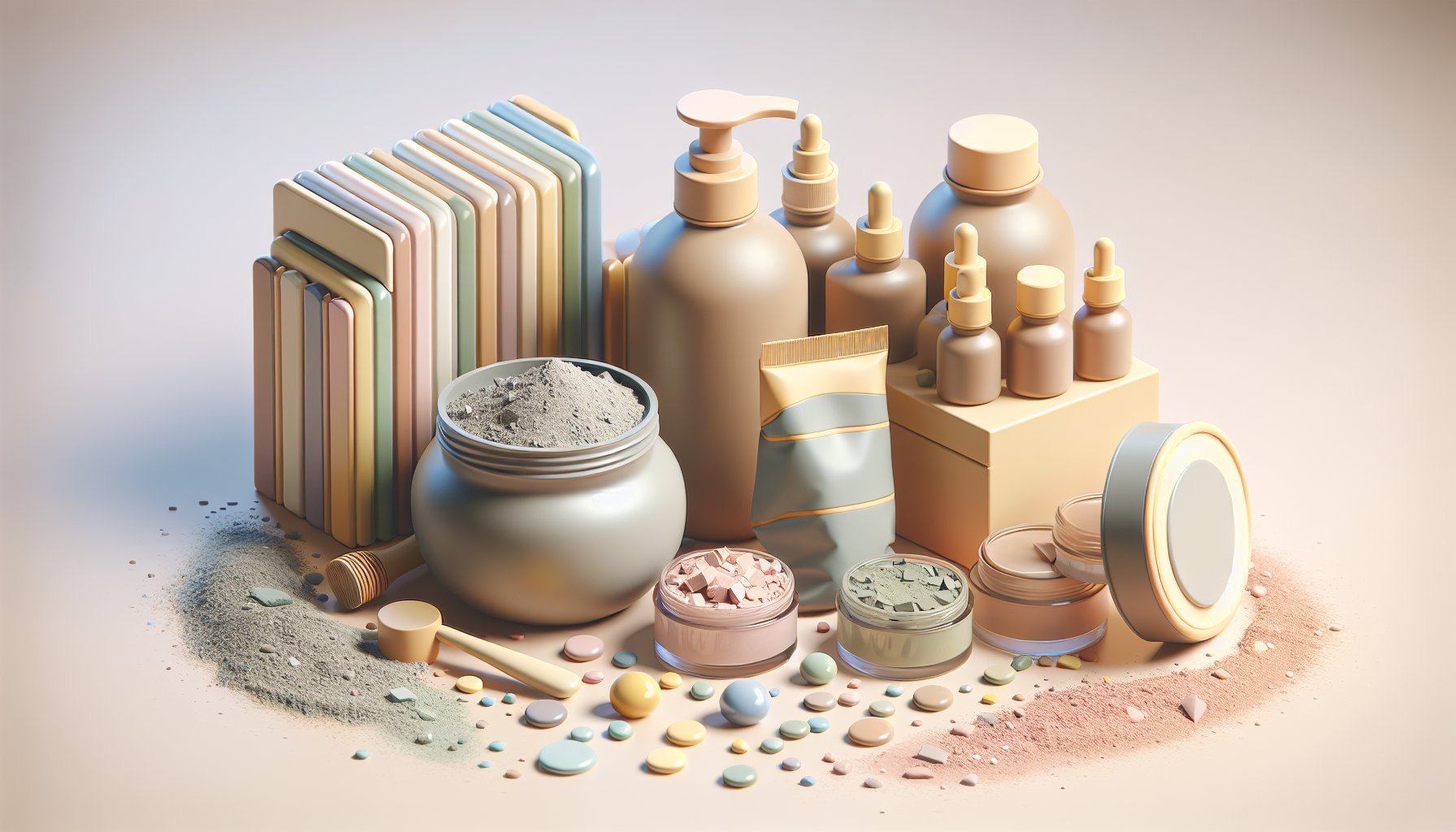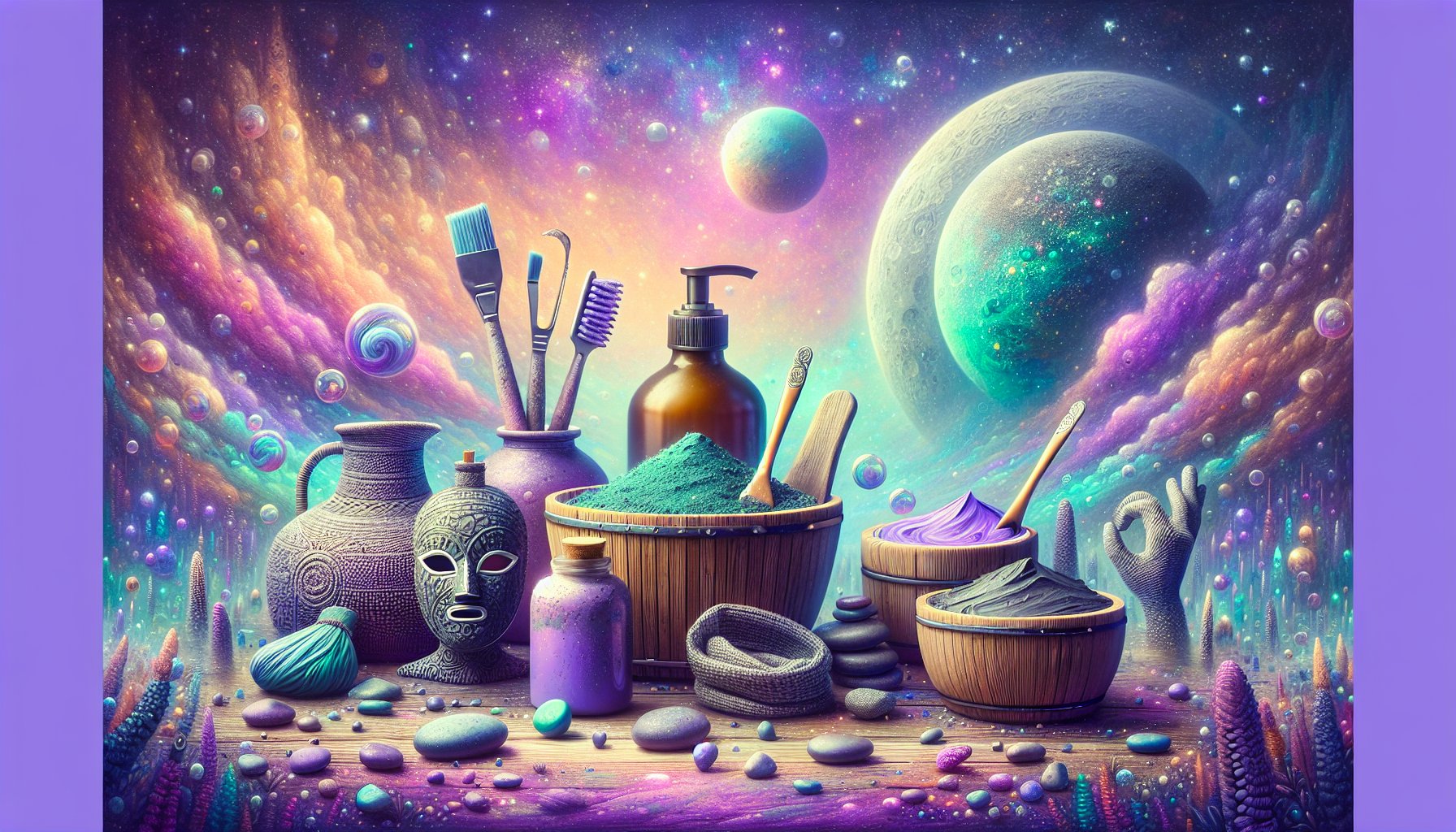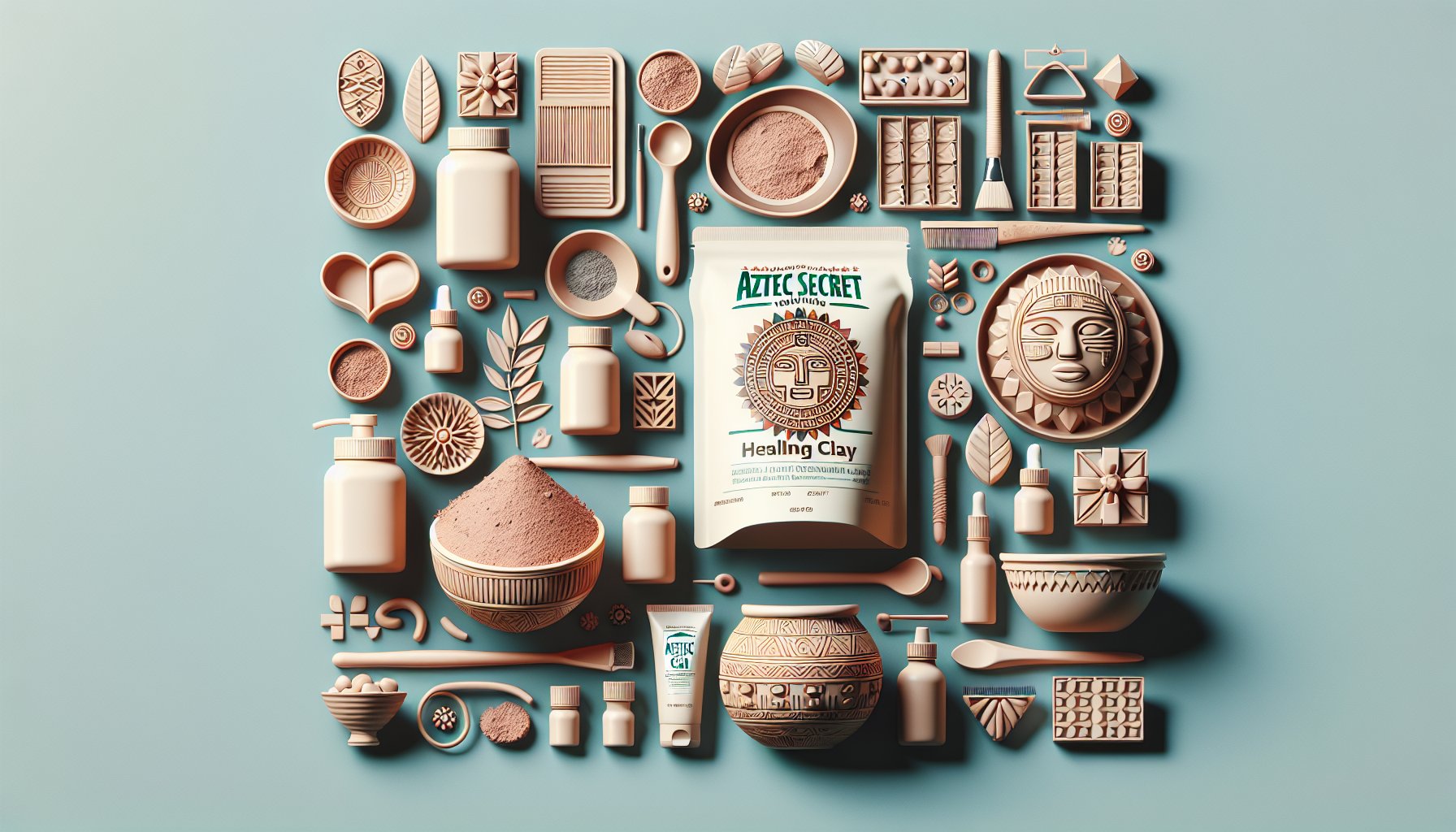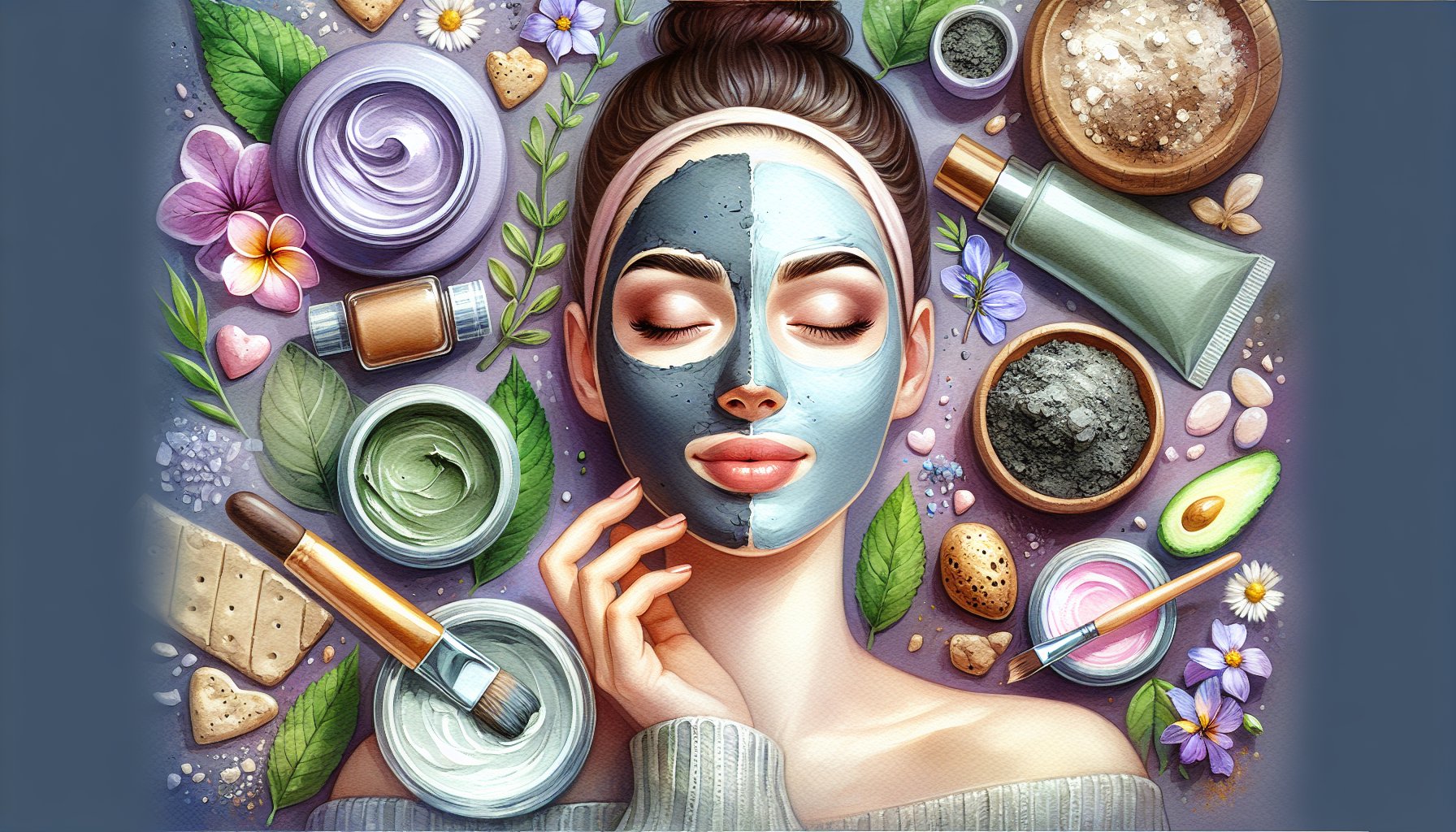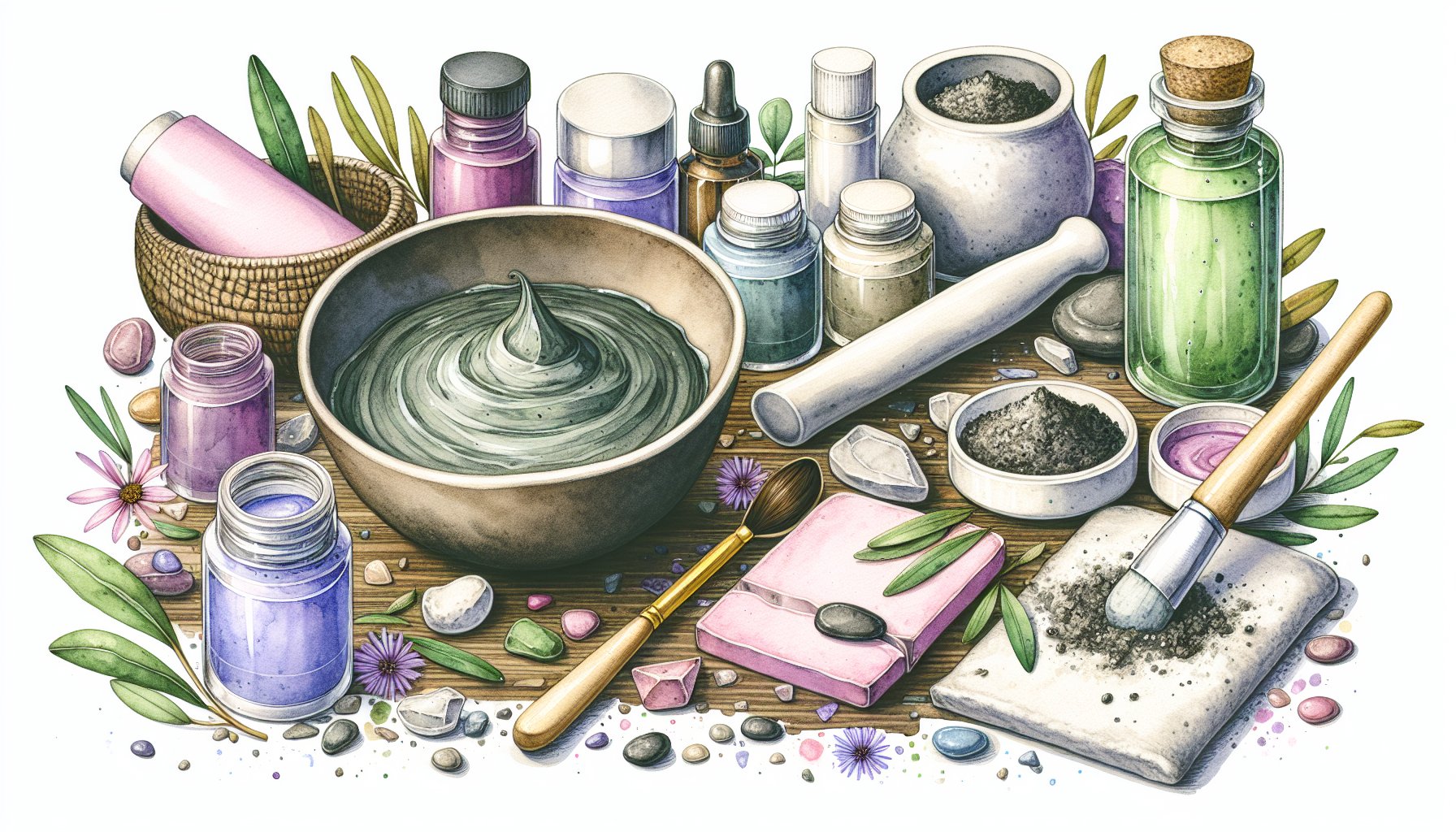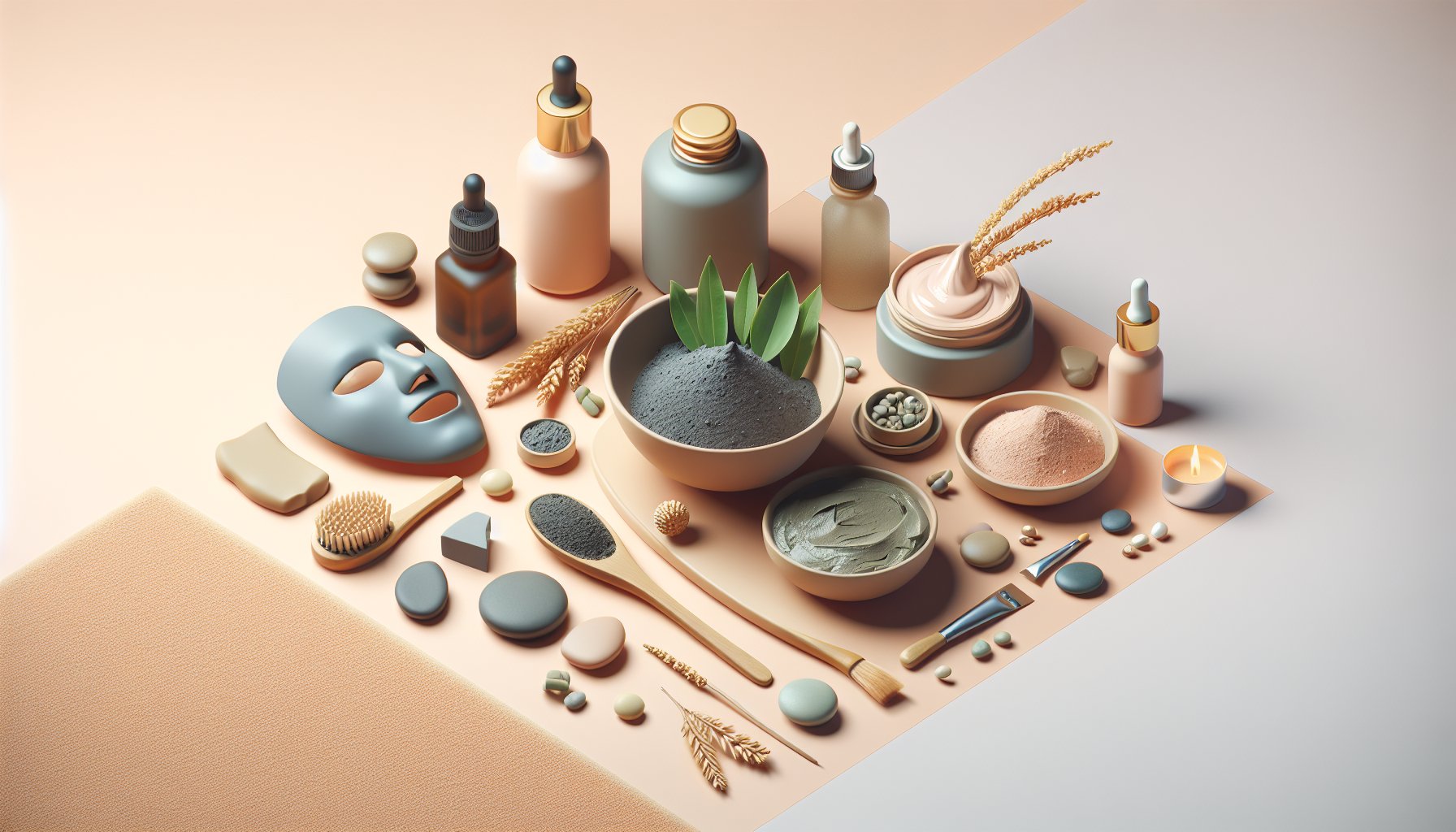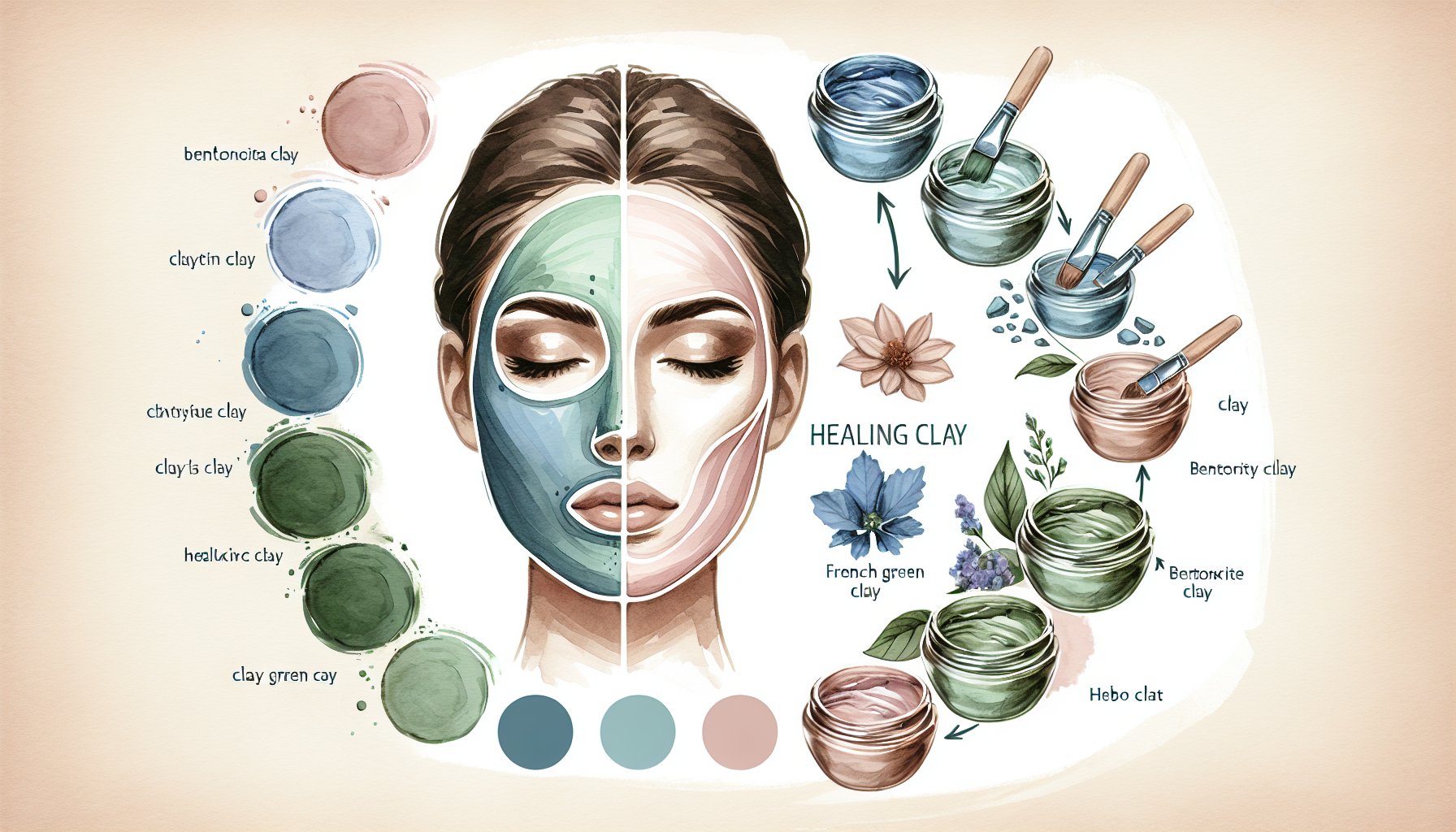Healing Clay Mask
DIY Healing Clay Mask: How to Choose the Right Ingredients for Your Skin Type
Unlock the secrets to a radiant complexion with our guide on DIY Healing Clay Mask: How to Choose the Right Ingredients for Your Skin Type. Discover the best clays and additives tailored for your unique skin needs!
Oct 10, 2025
5 min read
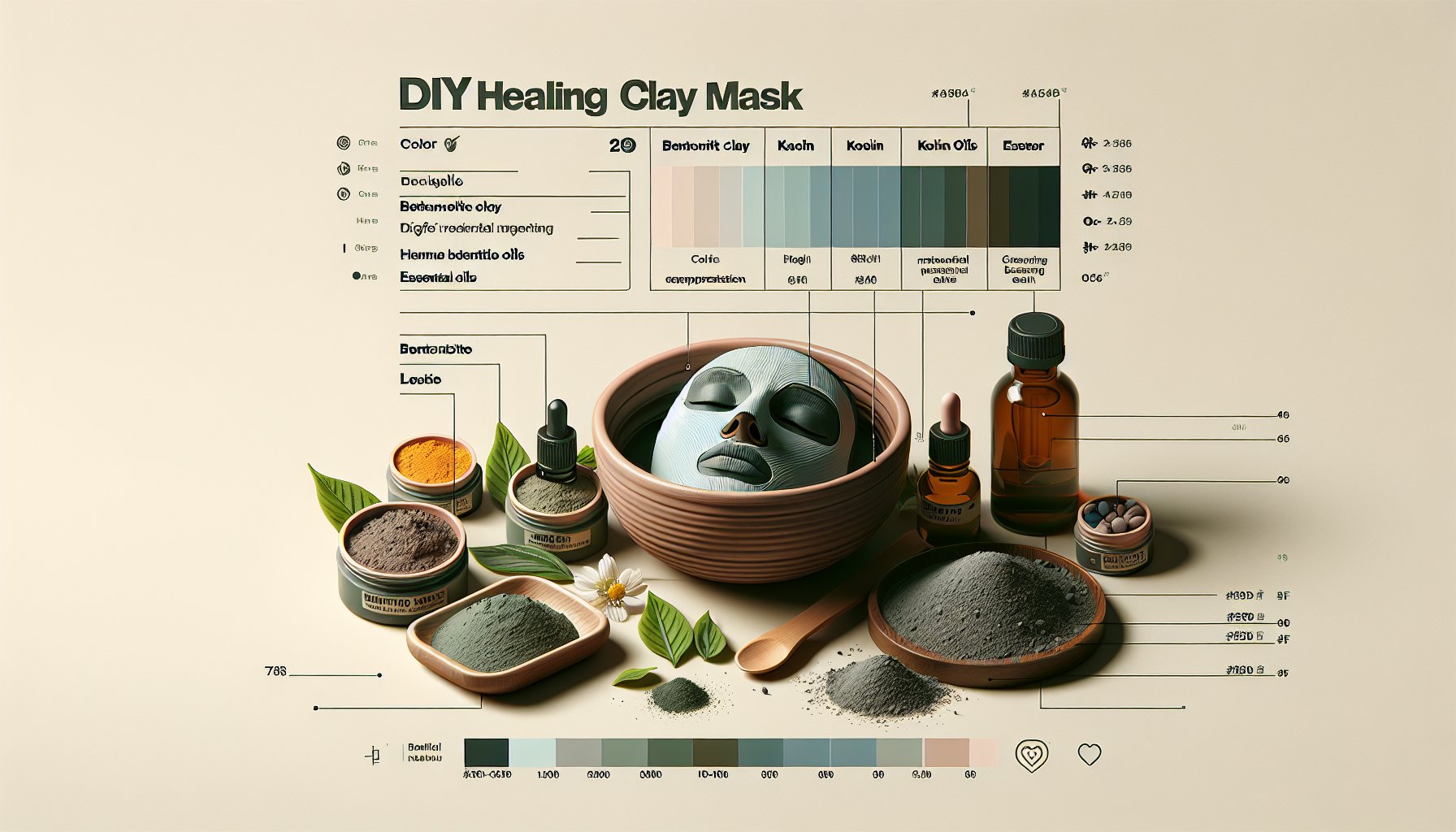
DIY Healing Clay Mask: How to Choose the Right Ingredients for Your Skin Type
Choosing the right ingredients for your DIY healing clay mask is like crafting a symphony that hits all the right notes for your skin. It’s not just about feeling fabulous, though that's a nice side effect, but also about effectively addressing your specific skin needs. Because let’s face it: skincare is not one-size-fits-all. Understanding your skin type is the key to mixing up a mask that will have your face thanking you with radiance.
Know Thy Skin: Navigating Your Skin Type
Before you dive into mixing bowls and clays, let's chat about your skin type. Are you the oily, shiny type that could power a small light bulb, or are you working with skin as sensitive as a Victorian heroine? If you're battling oily skin, bentonite clay might be your new best friend. It's a powerhouse at soaking up excess oil and toxins, leaving your skin clearer and happier. Picture a friend of mine who struggled with breakouts. After a few bentonite masks, her skin thanked her with fewer spots and more glow.
But if your skin feels more like the Sahara, meet kaolin clay. It's gentle, kind, and won't leave you feeling parched. It’s perfect for dry or sensitive types and pairs beautifully with soothing ingredients like aloe vera or honey to keep your skin soft and dewy.
Got combination skin? Oh, the joy of having your T-zone act like it's got an oil crisis while the rest of your face could double as a desert. Brazilian clay is your middle-ground hero here. It caters to both oily and dry spots, ensuring harmony on your face.
The Art of Clay: Unmasking the Benefits
Clay Masks aren't just skincare, they’re a rite of passage passed down from ancient civilisations. The Egyptians knew what they were doing with clay, using it to purify and rejuvenate their skin. Each clay has its unique benefits. Bentonite clay, from volcanic ash, is fantastic for oily skin. Meanwhile, kaolin clay is more of a sensitive skin whisperer. And if you’re after that Je-ne-sais-quoi glow, French green clay might be your ticket to luminous skin.
Mix It Up: Essential Additives for Your Mask
Now, let’s talk extras. Oils and add-ons are like those sidekicks that make the hero shine. Non-comedogenic oils like jojoba or grapeseed are great for balancing oily skin without clogging pores. Meanwhile, richer butters like shea or cocoa are best friends with dry skin types. Just remember, not all oils get along with acne-prone skin, cue the cautionary tale of coconut oil and unexpected breakouts.
Honey, chamomile, and tea tree oil are also great additions. Honey hydrates and fights bacteria, while chamomile calms and tea tree tackles acne. Creating your mask is like concocting a magical potion, choose wisely, and your skin will thank you.
The Great Clay Debate: When Less is More
In the world of DIY, it’s tempting to throw everything but the kitchen sink into your mask. But here's the secret: less is often more. Overloading on clays, oils, and additives can turn your mask into a muddle rather than a miracle. Keep it simple and let each ingredient do its job.
Patch Testing: A Crucial Step
Before you slap that mask all over your face, do a patch test. Trust me, it's worth the extra step to avoid a red, itchy situation. Apply a little of your concoction to your forearm or behind your ear, wait 24 hours, and see how your skin reacts. No drama? You’re good to go!
DIY Beyond the Mask
Remember, a clay mask is just one chapter in your skin’s story. Prep your skin with a gentle cleanse, apply your mask with intention, and follow up with a nourishing moisturizer. Your skin will thank you for the full spa-like experience right in the comfort of your own home.
From DIY to Spa Quality: Elevating Your Experience
To take your mask from basic to bougie, set the scene. Light candles, play some tunes, and use tools like a soft brush or jade roller for application. Enjoy the ritual and let your skin soak up the love.
A Journey in Clay: Real Stories, Real Results
The journey with clay is as unique as your skin. Take heart from those who've walked this path before you, like Kelsey with her combination skin saga or Jaya, who turned her love for clay into a soap-making empire. You, too, can find your clay bliss, whether it’s bentonite, kaolin, or Brazilian clay.
So, grab your whisk (or spatula) and enjoy the art of crafting a mask that’s tailor-made for you. Your skin's new favorite ritual is just a mix away.
TLDR: Embrace your skin's individuality by choosing the right clay for your DIY mask. Bentonite is great for oily types, kaolin for dry or sensitive skin, and Brazilian for combination. A few drops of essential oils or a dollop of honey can elevate your mask's benefits. Keep it simple, do a patch test, and transform your skincare routine into a mindful ritual. Your skin (and soul) will thank you.

Need Help?
Check out these related products that can help:

